The megapixel race has picked up steam lately with most new models exceeding 45-megapixels and rumors circulating of 100-megapixel sensors on the horizon. But what if low-resolution images from cameras like Sony’s a7S III and Canon’s R6 offered more detail along with added low light benefits? Now they can.
By now you have likely heard about Adobe’s new feature for Adobe Camera RAW called Super Resolution. This feature goes beyond traditional sharpening and detail algorithms to offer full image enhancing with a 2x increase in linear resolution resulting in a 4x increase in pixel count. While this isn’t the first time we have seen upscaling software features, Adobe’s Super Resolution performs remarkably well and works inside Adobe Camera RAW using your original RAW files. The advantage here is a more streamlined workflow allowing you to do all of your editing, retouching, and scaling with the new higher resolution files.
Also Read: Photoshop Super Resolution vs Topaz Gigapixel AI: Upscaling Throwdown
However, after exploring this feature in-depth, I had another idea. Low-resolution cameras like the Sony a7S III have long been applauded for their abilities in low light. In short, low-resolution sensors have larger pixels which often means more light and thus better results at high ISO. To put this to the test, I shot identical images at 25,600 ISO on the Sony A7SIII and Sony A7RIV and performed the same test comparing the 20-megapixel Canon EOS R6 to the 45-megapixel R5. After using the Super Resolution feature on both low-resolution images, the results were astounding.

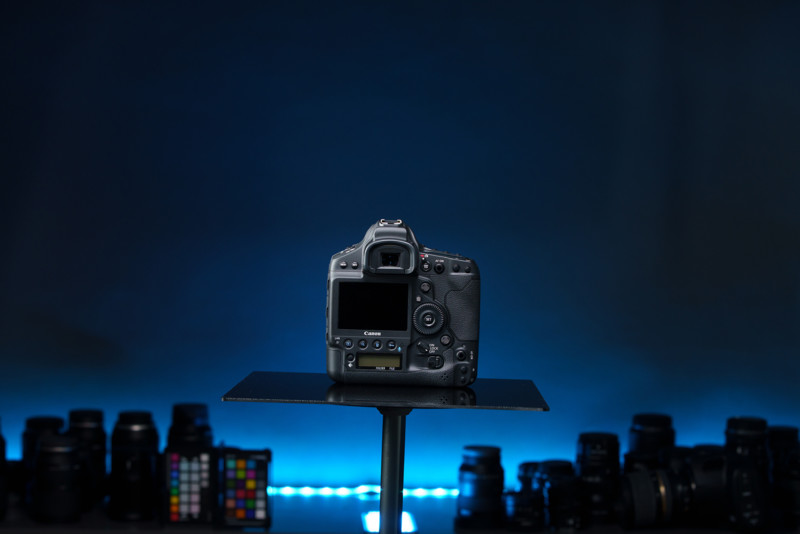
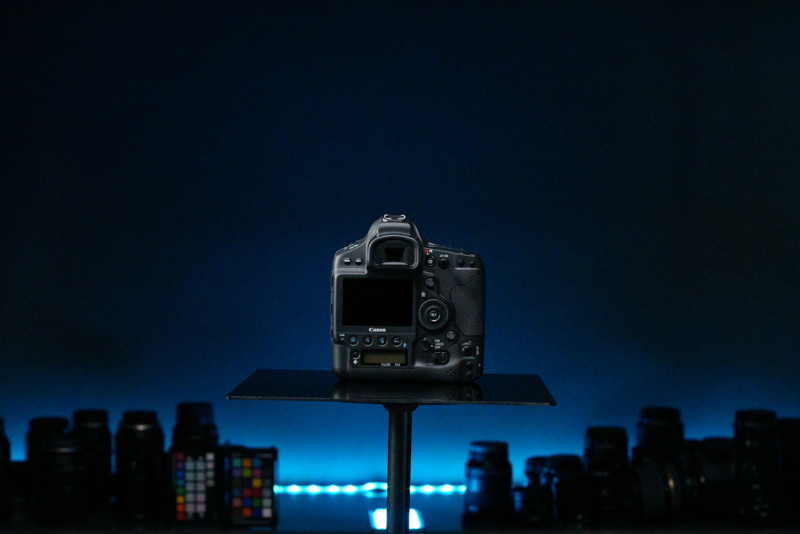
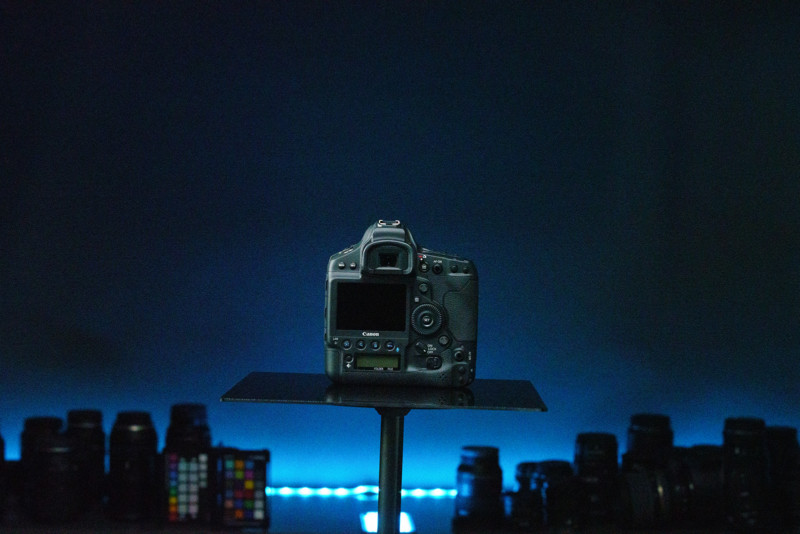
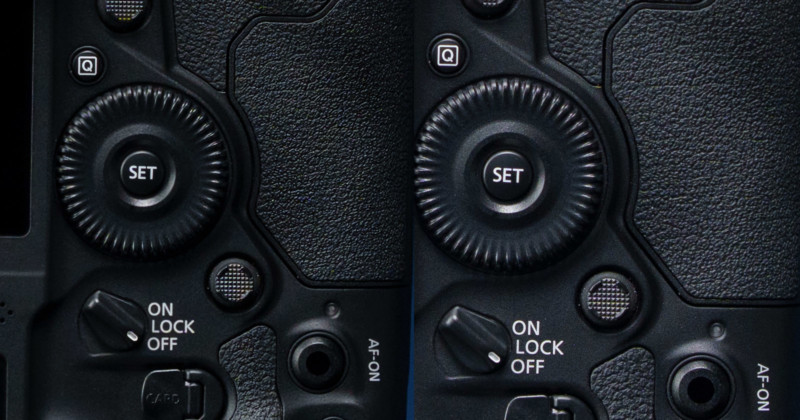
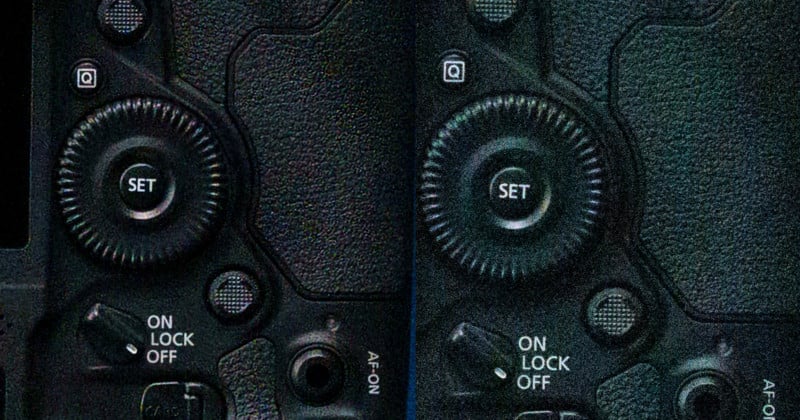
The Sony a7S III armed with a new 48-megapixel resolution went toe to toe with the a7R IV in detail and did so with significantly less noise and higher color retention. I repeated the test using Canon’s R6 and R5 which again confirmed similar results although in this case, the R6 boasted an R5-beating 80-megapixels, with more detail while still retaining more color information and less noise when shooting at a higher ISO.
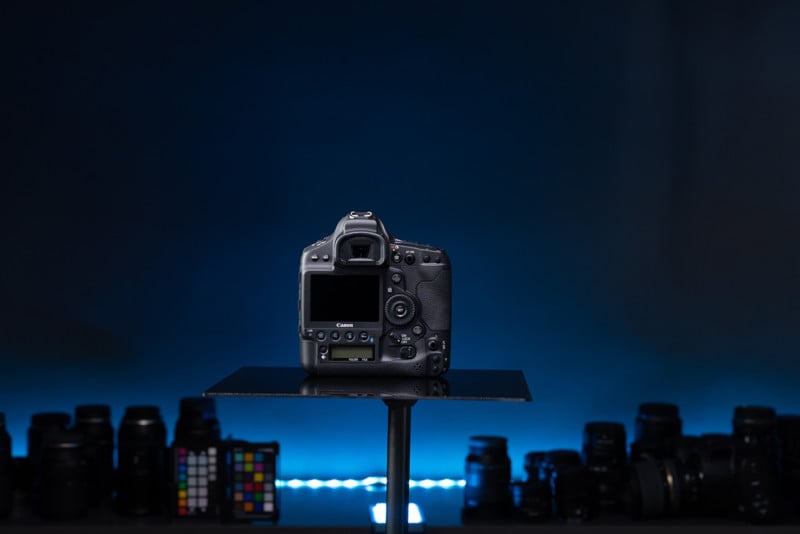
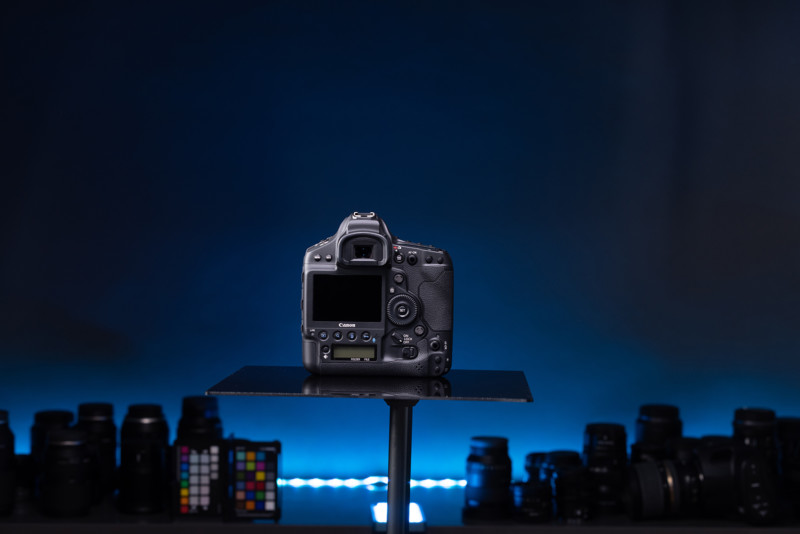
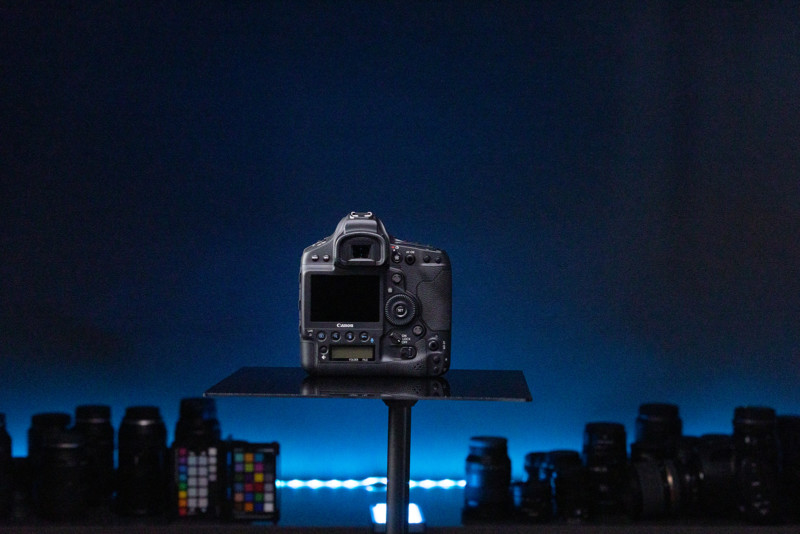
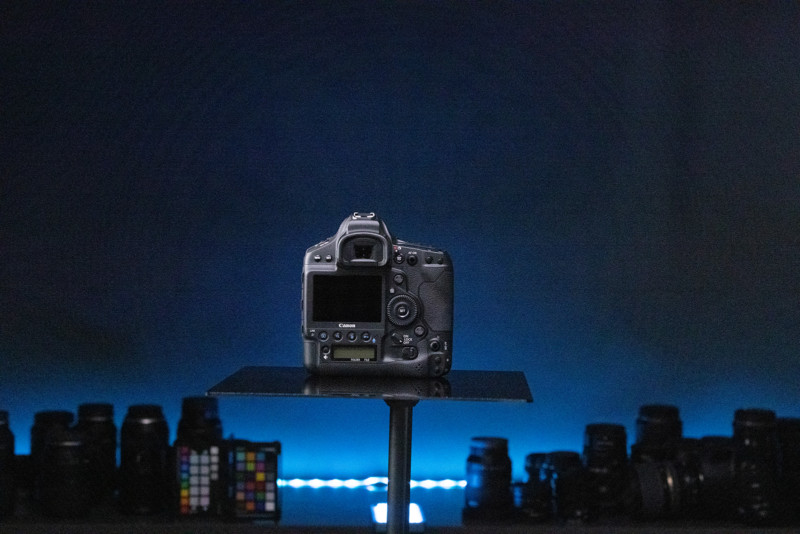
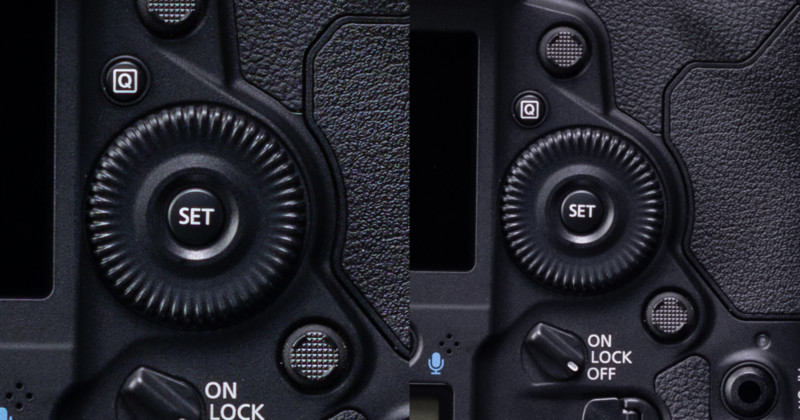
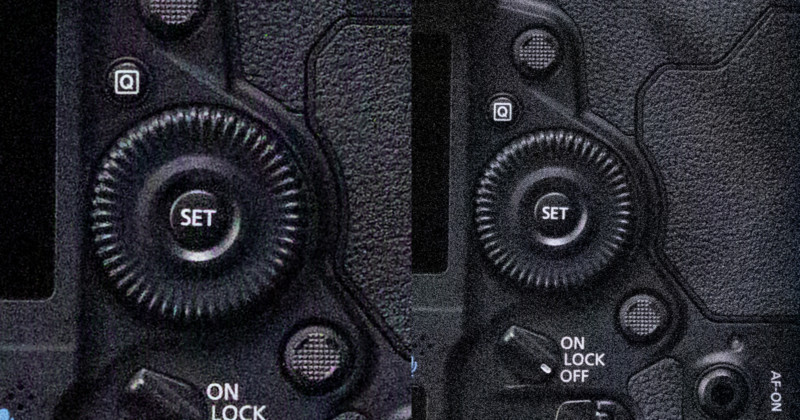
While I occasionally could see a slight bit of artifacting and increases in chromatic aberration, the enhanced files were overall vastly superior to the low-resolution images in detail and allowed me to zoom into my images for easier retouching. This higher resolution was also a noticeable upgrade when I needed to crop or change the aspect ratio of my images all without altering my native Adobe Camera RAW workflow.
This technology will only improve in time and the ability to use it with low-resolution cameras that have superior high ISO results make it a potential game-changer for those of us who require high-resolution images especially when working in low light conditions.
About the Author: Dan Watson is a wedding photographer and half of the husband-and-wife duo Dan and Sally Photography based in Orlando, Florida. As a husband and wife team, the two bring a unique perspective to their photography. By sharing our individual talents, they are able to deliver professional results while capturing the emotion and romance of their clients’ personal stories. The two can be seen discussing cameras and techniques through Dan’s YouTube Channel, Learning Cameras.
Author: Dan Watson
Source: Petapixel



